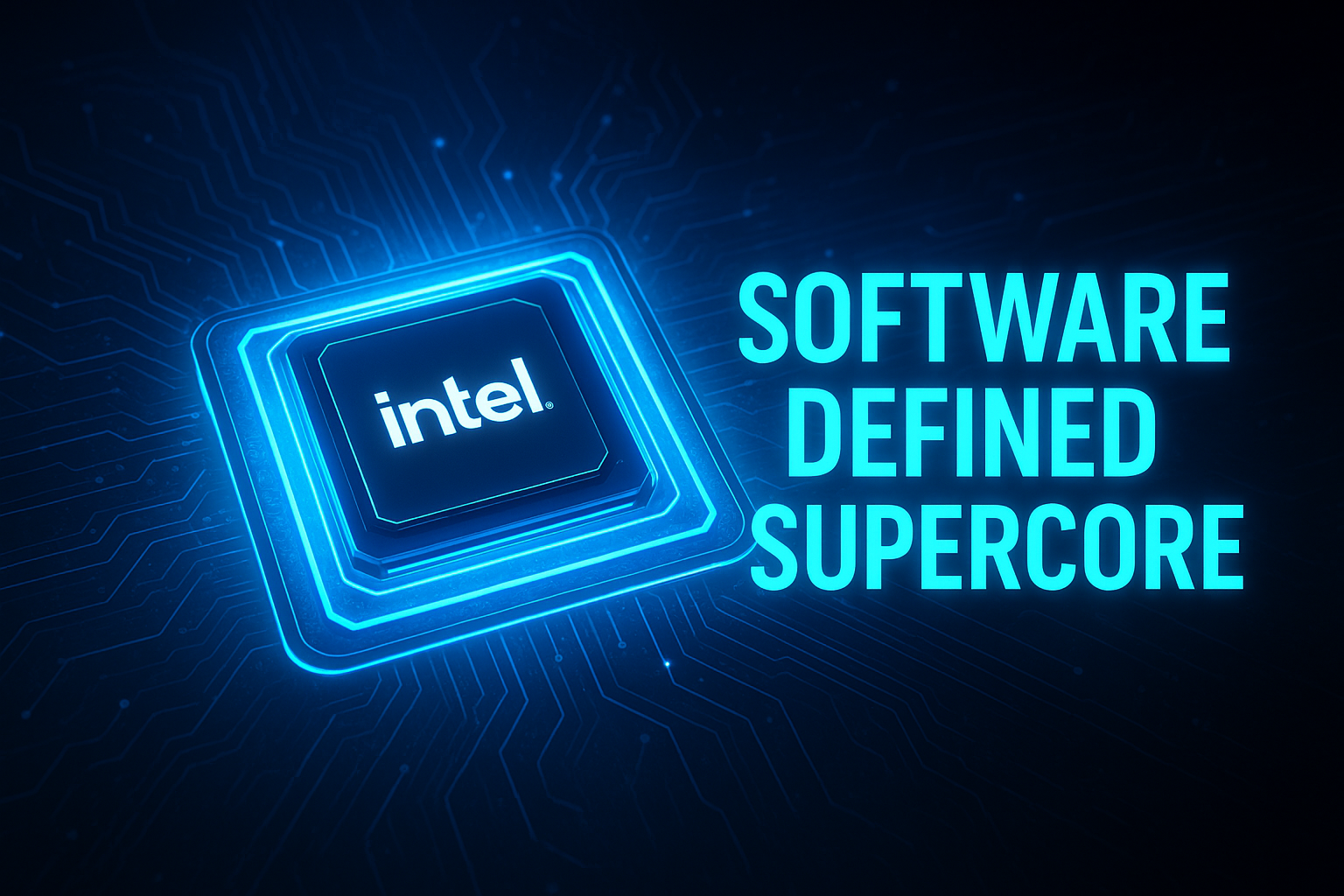Intel has filed a new patent that outlines a Software Defined Supercore (SDC), a concept designed to improve CPU performance without increasing frequency or voltage. The idea focuses on enhancing single-threaded workloads, an area still critical for many applications.
How the Technology Works
The patent describes a method to fuse two or more CPU cores into a virtual supercore. Instead of running a program on one core, the processor can break a single thread into smaller instruction blocks. Each block is then executed in parallel across adjacent cores.
To ensure accuracy, instructions are retired in the original program order. This design keeps the output consistent while boosting instructions per clock (IPC). You can read the full details of the filing on Justia Patents.
Benefits of the Approach
The Software Defined Supercore offers several advantages:
- Higher single-thread performance without pushing clock speeds.
- Better performance per watt, since it avoids power-hungry boosts.
- Dynamic adaptability, allowing CPUs to switch between standard and fused modes based on workload.
This approach could help Intel compete in workloads where raw single-thread power is still crucial, such as gaming, engineering tools, and some AI tasks.
Challenges and Overhead
The method is not without trade-offs. The patent notes that some instructions, especially memory operations, must be replicated across cores. This replication creates an overhead of about 25–40%, reducing the net efficiency gains. However, Intel suggests that the parallel boost can outweigh this cost in most cases.
Broader Context
This patent aligns with Intel’s recent push toward software-defined silicon (SDSi). In its Xeon lineup, Intel has already introduced features that allow customers to unlock additional capabilities through software licensing. More on SDSi can be found on Phoronix.
The move also follows Intel’s trend of integrating on-demand accelerators into processors for AI and networking. By combining traditional cores in a software-defined way, Intel expands this strategy into general-purpose computing.
Why It Matters
The Software Defined Supercore represents a major step in CPU design philosophy. Instead of relying solely on hardware improvements, Intel aims to use software orchestration to maximize existing silicon.
If successful, this approach could redefine how processors handle demanding workloads and improve efficiency for industries that still depend on strong single-thread performance.





